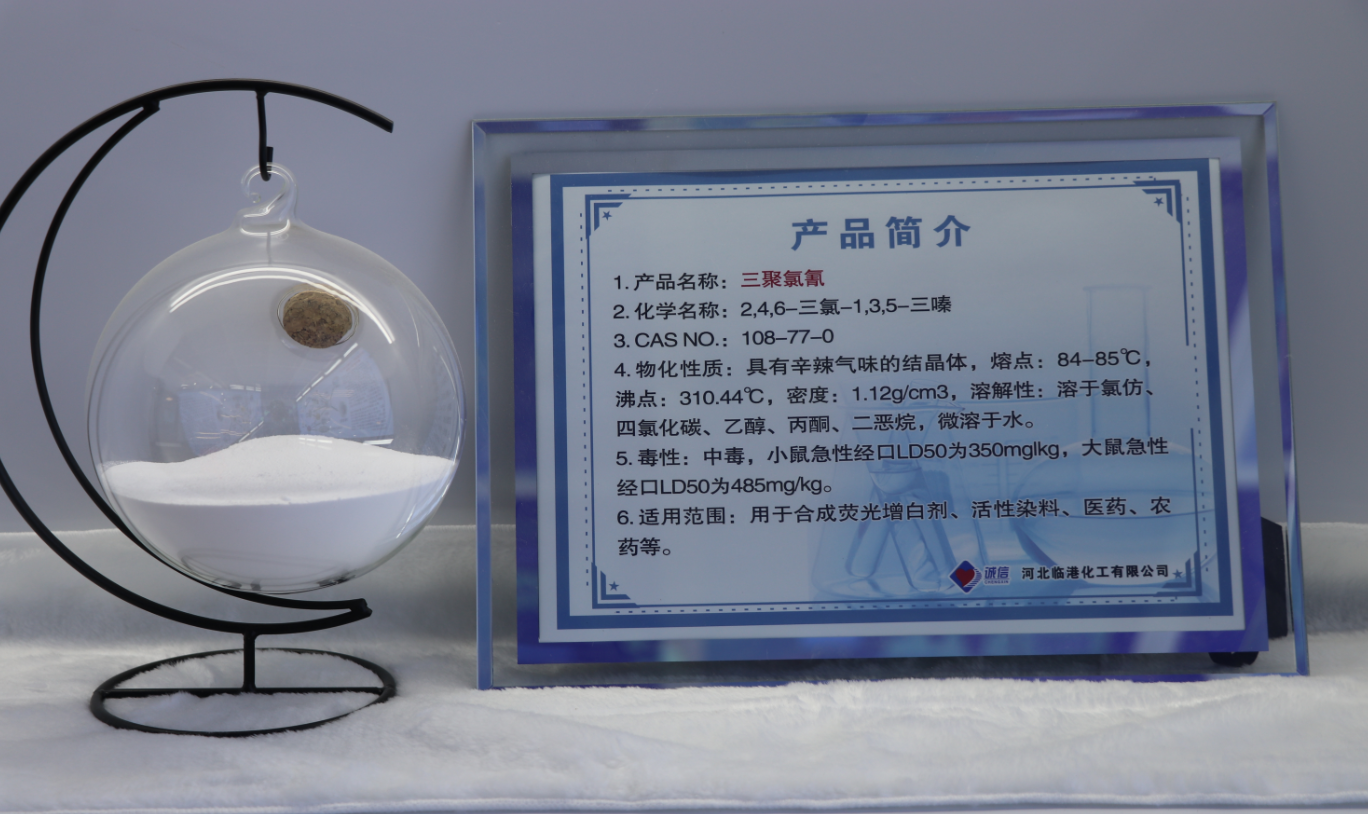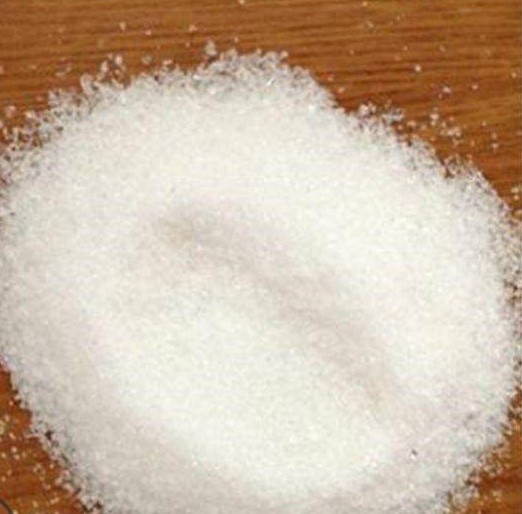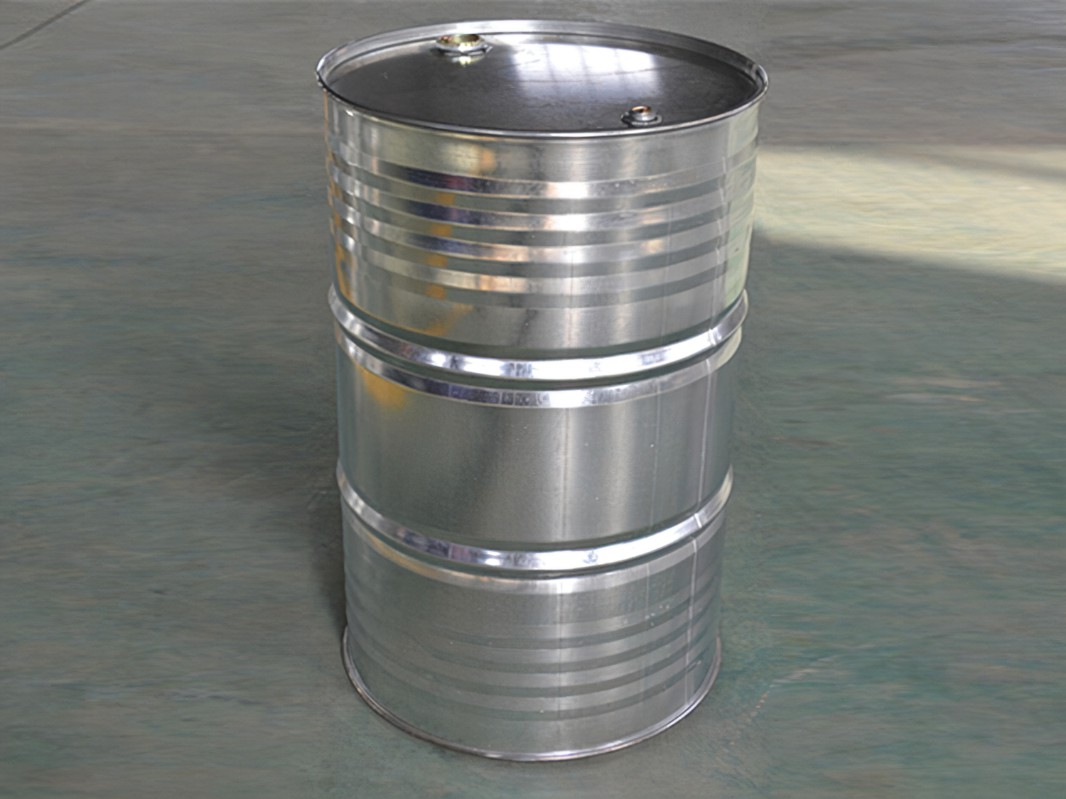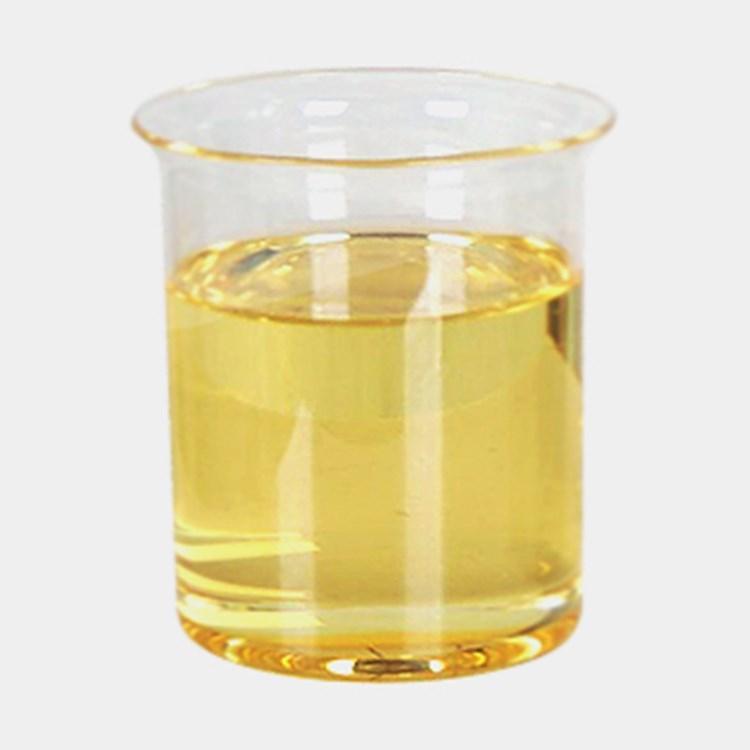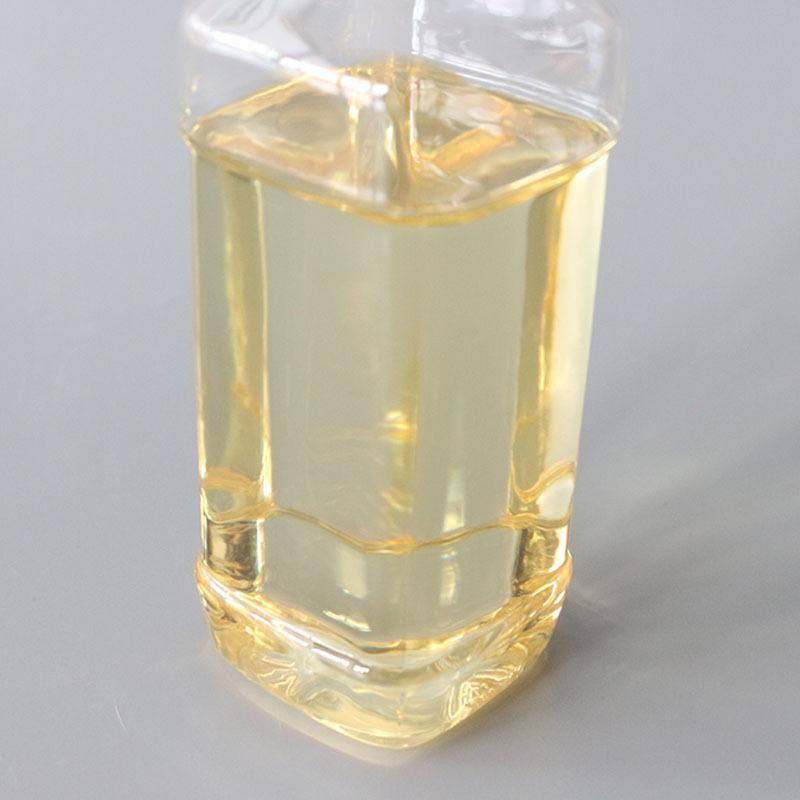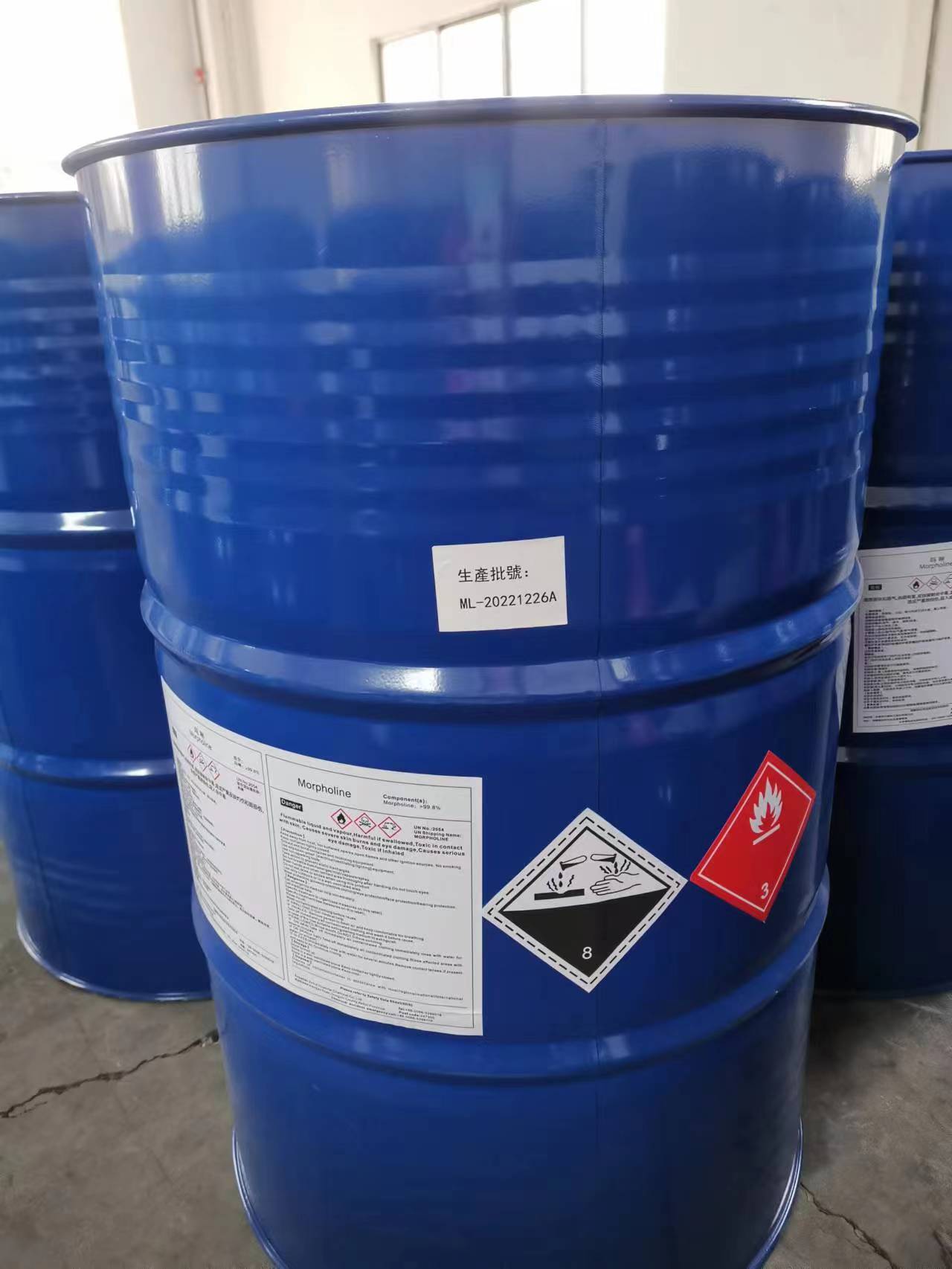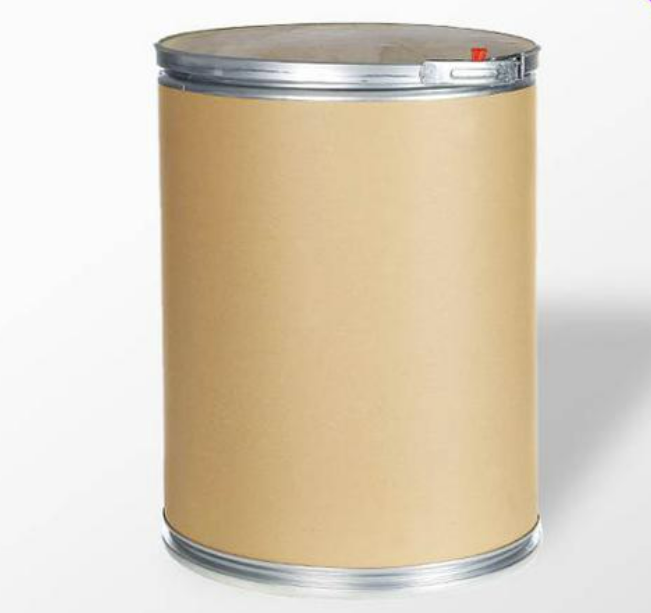CAS:108-77-0
Molecular Formula:C3Cl3N3
Alias
More Information
Cyanuric Chloride For Synthesis; Cyanurchlorid; 2,4,6-Trichloro-1,3,5-Triazine; 1,3,5-Triazine,2,4,6-Trichloro-; Cyanuric Chloride (2,4,6-Trichloro-1,3,5-Triacine); 2,4,6-Trichloro-S-Triazine; Cyanuricchloride; 2,4,6-Trichloro-[1,3,5]Triazine; 1,3,5-Triazine, 2,4,6-Trichloro-; Cyanuric Chloride in China; Cyanuric
Brief Introduction
Cyanuric chloride is a white crystal with strong irritating chlorine smell, corrosive to skin, irritating and tear inducing to eyes, soluble in anhydrous ethanol, ether, chloroform, acetic acid and acrylonitrile, and insoluble in cold water. Cyanuric chloride is an important intermediate in the production of highly efficient and low toxic triazine herbicides and insecticides, as well as in the production of fluorescent brightener, polyester and other reactive dyes for synthetic fiber dyeing. It is also used in the production of synthetic resin, rubber, polymer antioxidant, explosive, fabric shrinkable agent, surfactant, etc.
Suppliers
View More Vendors (2) >
CAS:108-99-6
Molecular Formula:C6H7N
Alias
More Information
5-Methylpyridine; Betap; B-Picoline; M-Picoline; 3-Methylpyidine; β-Picoline; Pyridine, 3-Methyl-; 3-Methyl-Pyridine; 3-Methyl-Pyridin; Beta-Methylpyridine; Meta-Methylpyridine; M-Methylpyridine; Pyridine,3-Methyl-; Beta-Picoline; beta Picoline
Brief Introduction
3-Methylpyridine is an important chemical raw material, which is widely used in medicine, pesticide, feed, dye, perfume, rubber, resin, photosensitive material and liquid crystal. 3-methylpyridine is also a kind of organic synthesis intermediate and solvent. It is used as the intermediate of imidacloprid and Acetamiprid in the synthesis of next step intermediate 3-methylpyridine-n-oxide. It can also be used as pharmaceutical intermediate, dye intermediate, resin intermediate and so on. It is used in the manufacture of vitamin B6, nicotinic acid and nicotinamide, nicolamine and cardiotonic agent. At the same time, it can also be used as solvent, alcohol denaturant, dye intermediate, resin intermediate, rubber vulcanization accelerator, waterproof agent raw materials, and film sensitizer additives.
Suppliers
View More Vendors (2) >
CAS:110-05-4
Molecular Formula:C8H18O2
Alias
More Information
Di; Di-Tert Butyl Peroxide; 2-Tert-Butylperoxy-2-Methylpropane; Peroxide, Bis(1,1-Dimethylethyl); Di Tert-Butyl Peroxide; 2-(tert-Butylperoxy)-2-Methylpropane; Tert-Butyl Peroxide; Tert-Butyl Peroxide (Luperox Di); (Tert-C4H9O)2; (Tributyl)Peroxide; Aztec Di-T-Butyl Peroxoide; Bis(1,1-Dimethylethyl)-Peroxid; Bis(T-Butyl)Peroxide; Bis(Tert-Butyl) Peroxide; Bis(Tert-Butyl)Peroxide; DTBP; Dibutylperoxide
Brief Introduction
Di tert butyl peroxide is an organic peroxide, which can be used as crosslinking agent for unsaturated polyester and silicone rubber, and also as polymerization initiator.
Suppliers
View More Vendors (2) >
CAS:110-91-8
Molecular Formula:C4H9NO
Alias
More Information
1,4-Oxazinan; Morfoline; 1-Oxa-4-Azacyclohexane; Tetrahydro-1,4-Oxazine; Morpholine,Acs; Morpholin; Basf 238; Drewamine; Dihydro-1,4-Oxazine; Perhydro-1,4-Oxazine; 1,4-Oxazine,Tetrahydro-; 2H-1,4-Oxazine, Tetrahydro-; 4H-1,4-Oxazine, Tetrahydro-; Basf238; Diethylenimide Oxide; Diethylenimideoxide
Brief Introduction
Morpholine contains secondary amine group, which has all the typical reaction characteristics of secondary amine group. It can react with inorganic acid to form salt, and react with organic acid to form salt or amide. It can also react with ethylene oxide, ketone or willgerodt. Due to its unique chemical properties, morpholine has become one of the most important commercial fine petrochemical products. It can be used to prepare nobs, DTOs, MDS and other rubber vulcanization accelerators, rust inhibitors, corrosion inhibitors, cleaners, detergents, painkillers, local anesthetics, tranquilizers, respiratory and vascular stimulants, surface activators, optical bleaching agents Fruit preservatives, textile printing and dyeing auxiliaries, etc., are widely used in rubber, medicine, pesticides, dyes, coatings and other industries. In medicine, they are used in the production of morpholine guanidine, ribavirin, ibuprofen, ketamine, naproxen, dichloroaniline, sodium phenylacetate and other important drugs.
Suppliers
View More Vendors (2) >
CAS:111988-49-9
Molecular Formula:C10H9ClN4S
Alias
More Information
(Z)-Thiacloprid; Calypso; (E)-Thiacloprid; (3-((6-Chloro-3-Pyridinyl)Methyl)-2-Thiazolidinylidene)Cyanamide; [3-[(6-Chloropyridin-3-Yl)Methyl]-1,3-Thiazolidin-2-Ylidene]Cyanamide
Brief Introduction
Thiacloprid is a new nicotine insecticide. It mainly acts on the posterior membrane of insect nerve junction. By binding with nicotinic acetylcholine receptor, it interferes with the normal conduction of insect nervous system, causes the blockage of nerve channel, and causes a large accumulation of acetylcholine, so as to make insects abnormally excited and die of systemic spasm and paralysis. It has strong contact killing, gastric toxicity and internal absorption effects. Thiacloprid has excellent control effect on important pests on pear fruits, cotton, vegetables and potatoes. In addition to aphids and whiteflies, it is also effective on various beetles (such as potato beetle, apple flower weevil and rice weevil) and Lepidoptera pests such as leaf miner and apple bark moth on apple trees, and is applicable to all corresponding crops.
Suppliers
View More Vendors (2) >
Inquiry (
10
/ 10
)
Clear All
Sign In
Error!

